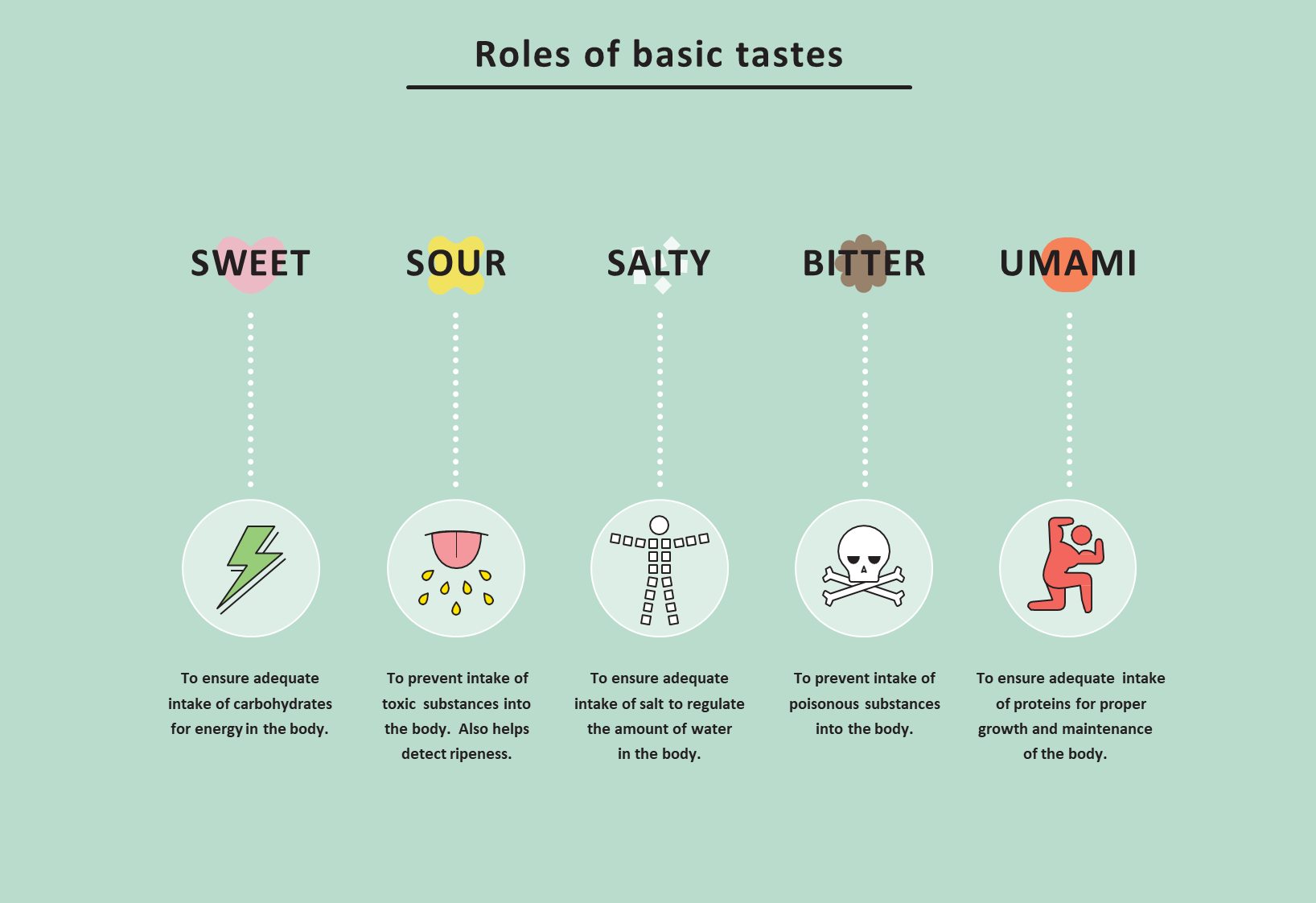Cure4CF Update
Taste and bacterial infection in CF
Our Ambassador Olivia Wood recently shared with me her observation that she can notice a change in taste when she has different lung infections. This made me curious and so I went to check out the research to see what I could find!
What is Taste?
Taste is one of the 5 commonly known senses which is experienced when food molecules (also known as chemicals) interact with saliva which are then detected by the taste receptors. Taste receptor cells are assembled into taste buds which are onion shaped organs containing 50-150 cells specialised for detecting chemicals. Tase cells are continually being replaced. Tase stimuli are categorised into at least 5 classes by humans. These are sweet, salty, sour, bitter and umami. These tastes have different roles which are shown below.

What do our Taste Receptors Do?
One of the key functions of taste is to identify toxins as well as to regulate appetite and immune responses. So, it makes sense that if there are changes in our bodies immune system due to a change in the microbes present, then it is possible our taste experience may change. Research has shown that cells that are found in the mouth can contain a type of taste receptor that can active the immune response. Our immune system and taste system can use some of the same receptors!!
For example, one of the bitterness receptors is responsible for detecting the bitter tasting chemical in cabbage and broccoli. Not everyone can tase this bitterness, some people are genetically different, and they do not taste the bitterness at all. This genetic difference is nothing to do with the genetic differences in people with CF, but people with CF also have these genetic differences in taste receptor.
The link between Taste Receptors and Bacteria
This bitter taste receptor is also present in the nose and sinuses and can be activated by molecules secreted by bacteria including Pseudomonas aeruginosa. When these receptors are activated by bacteria they stimulate changes which would usually help remove the bacteria, however for those that carry the non-bitter sensing genotype, such responses are much lower. Evidence now suggests that the altered function of the bitter taste gene is associated with increased risk of upper airway infections, chronic rhinosinusitis, and airway colonization by Pseudomonas aeruginosa.
Professor Jodie Simpson
Cure4CF Research and Development Lead
Sources
https://www.ajinomoto.com/umami/why-is-umami-important-to-us
https://pubmed.ncbi.nlm.nih.gov/31137674/
Castaldo A, Cernera G, Iacotucci P, et al. TAS2R38 is a novel modifier gene in patients with cystic fibrosis. Sci Rep. 2020 Apr 2;10(1):5806. doi: 10.1038/s41598-020-62747-9. PMID: 32242045; PMCID: PMC7118092.

Olivia Wood
Cure4CF Ambassador
